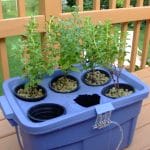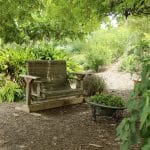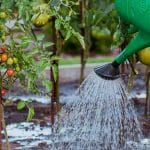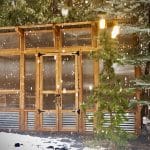Raised Bed Garden Layout for Beginners
Raised Bed Garden
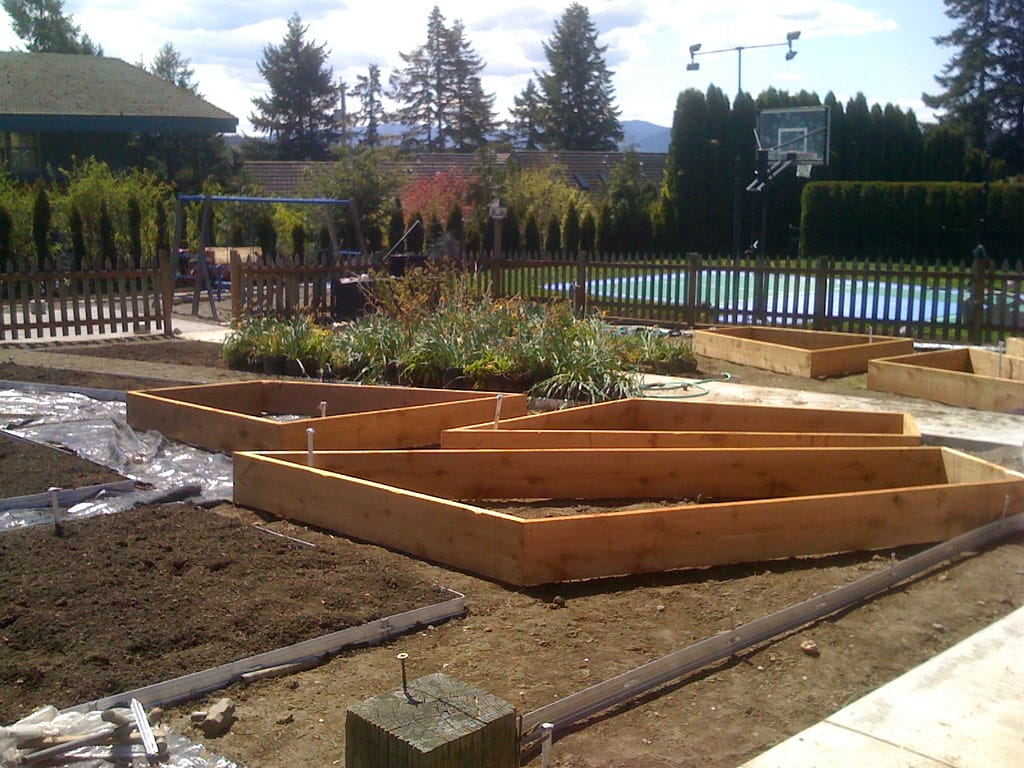
The Dirt I Wish I Knew When I Started Raised Bed Gardening
So, you’re thinking about building a raised bed? First of all — welcome. This is where gardening gets good. Raised beds are a perfect way to dip your toes into the dirt without feeling overwhelmed by weeds, weird soil, or the chaos that can come from planting straight into the ground and hoping for the best (ask me how I know).
When I first started out, I didn’t have a plan — just some leftover wood, a shovel, and big dreams of homegrown tomatoes. Since then, I’ve built more beds than I can count, and I’ve made just about every mistake in the book. But I’ve also figured out what works, especially when space is limited or you’re just getting started.
This post is everything I wish someone had told me when I built my very first raised bed.
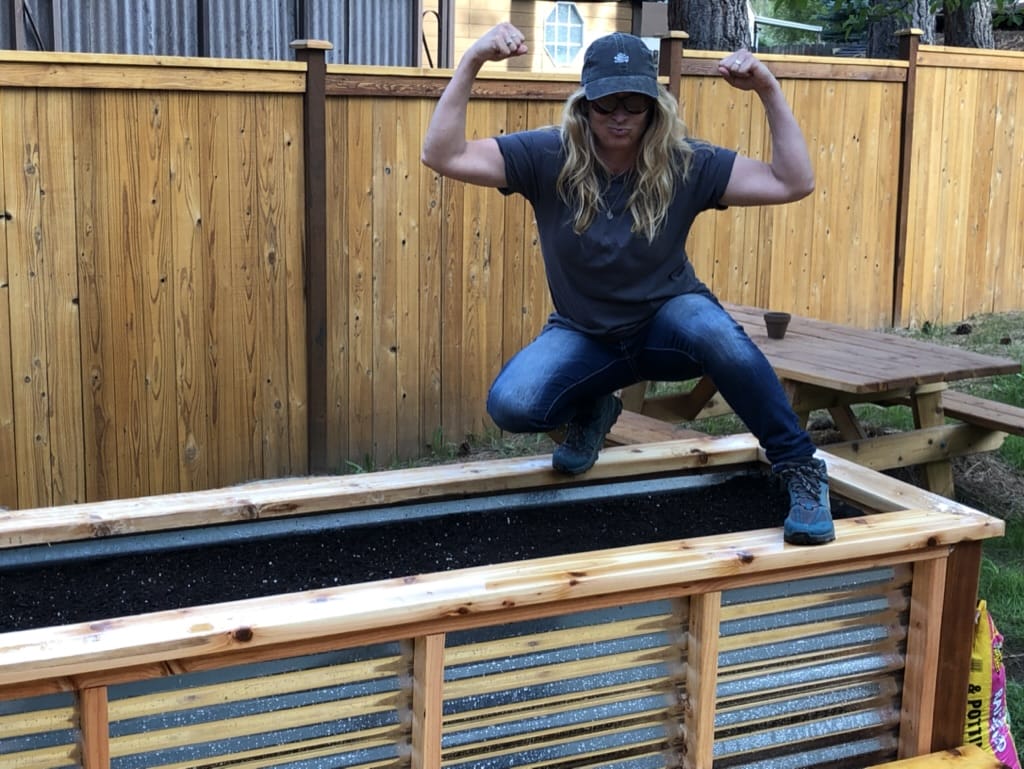
Why Raised Beds Are a Great Place to Start
Let’s not overcomplicate it. Raised beds are awesome because:
- You control the soil (huge if your yard is full of clay, rocks, or mystery dirt).
- You can grow a lot in a small footprint.
- They make weeding easier (honestly, sometimes I just sit on the edge and pluck away).
- They warm up faster in spring.
- They are so much better for your back and you can make them any height.
- And they just look tidy. There’s something satisfying about that neat rectangle full of green.
If you’re tight on space, or just want something manageable and good-looking, raised beds are the way to go.
Start Small — And I Mean It
You don’t need a backyard that looks like a magazine spread. I started with one 4’ x 8’ bed and a bucket full of enthusiasm. That first bed taught me more than a dozen gardening books ever did.
If you’re new, one or two beds is plenty. Seriously. It’s better to grow a few things well than to take on too much and end up stressed out. Gardening shouldn’t feel like a second job.
A 4’ x 8’ bed is a popular size for a reason — you can reach everything from the sides without stepping into the soil. But if your space is smaller (or you’re working with a side yard or patio), go narrower: 3’ x 6’ or even 2’ x 4’ can still give you plenty of growing room.
Sunlight First, Everything Else Later
Here’s the first rule of raised bed placement: follow the sun. Most veggies want 6–8 hours of direct sunlight a day. No exceptions for your heirloom tomatoes — they’re divas about this.
Check your space at a few times throughout the day and notice where the light hits. Morning sun is great. Afternoon sun is intense (good for heat lovers). If you only have partial shade, stick to leafy greens and herbs — they’ll be happier there than peppers or squash.
Layout Basics: Don’t Reinvent the Box
Now for the fun part — figuring out what to grow and where to plant it.
I like to divide a 4’ x 8’ bed into four quadrants. Here’s a layout I’ve used with great results:
- Top left: Leafy greens like spinach, lettuce, arugula (these grow fast and don’t need deep roots).
- Top right: Root veggies — carrots, radishes, beets.
- Bottom left: Bush beans or peas — easy, productive, and great for first-timers.
- Bottom right: One tomato plant (give it a cage!) and maybe some basil at its feet.
That’s it. That one layout gives you salad, stir-fry ingredients, and a few homegrown bragging rights.
And here’s a little secret: you don’t have to plant everything at once and you shouldn’t. Start with cool-season stuff in early spring (greens, radishes, peas), and then swap in heat lovers as summer rolls in.
Give Plants Room to Breathe
The most common beginner mistake? Overplanting. I get it — you want everything in there. But crowded plants compete for sunlight, airflow, and nutrients. And they’re way more likely to get mildew, aphids, or just give up out of spite.
Here’s a general rule: if the seed packet says 12 inches apart, don’t plant them 6 inches apart thinking you’ll “thin later.” Spoiler: You won’t.
I’ve learned to plant less and harvest more. It’s more enjoyable, and my plants are happier for it.
Soil Matters… More Than You Think
If your raised bed is the body, the soil is the heart. And if that sounds cheesy, well, it’s true.
Here’s my go-to soil mix:
- 1 part compost (homemade if possible — my worm bin is the VIP here)
- 1 part coconut coir or peat moss
- 1 part perlite or coarse sand for drainage
Mix it all together, fill your bed, and don’t forget to mulch the top with straw, shredded leaves, or even grass clippings (as long as they haven’t been sprayed). Mulch keeps moisture in, weeds down, and the soil temperature steady.
Watering: Keep It Simple
Watering seems easy, but it trips people up. My rule? Water deeply, less often. You want moisture to reach those roots, not just sprinkle the surface.
Stick your finger into the soil — if the top inch is dry, water. Early morning is best. Evening works in a pinch, but try not to let leaves stay soggy overnight (that’s how mildew parties get started).
And don’t worry — plants will tell you when they’re thirsty. Wilted leaves by mid-morning? Time to water. Droopy in the afternoon but fine the next morning? Totally normal — they’re just hot.
Add a Little Decor
This part isn’t technical, but it matters: make your garden a place you want to hang out.
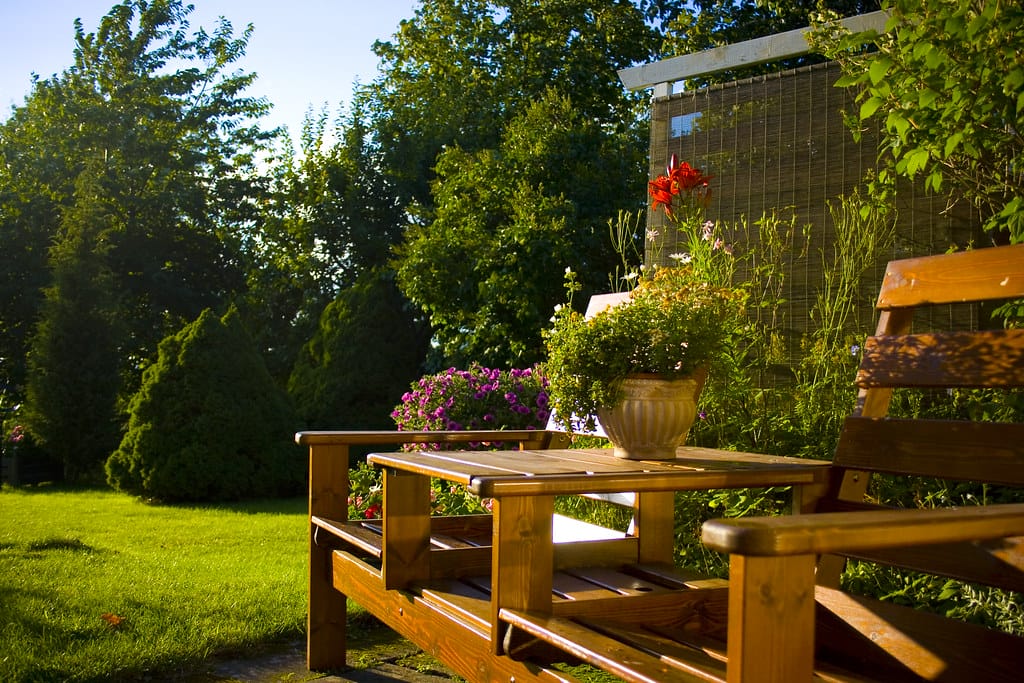
Add a bench, a trellis with flowering vines, or even a wind chime. I like to plant marigolds around the edges, they’re good for pest control and just make me smile. Some days I sit out there with tea and just watch the bees and humming birds do their thing.
Gardening is about more than food. It’s about being outside, noticing tiny changes, and getting a lot of dirt under your nails. It’s part therapy, part science, and part pure inspiration.
Seeds Of Knowledge To Sew
A raised bed is the perfect starting point for a garden. Beginner or otherwise, it’s manageable, productive, and just the right size to learn from.
If you’ve been on the fence, just go for it and build one. Fill it with good vegetable growing soil. Sew in a few seeds. You’ll be amazed what a single 4×8 box can do, not just for your meals, but for your mood.
And if something doesn’t grow? That’s part of it too. I’ve had epic flops right next to thriving basil. You learn, you laugh, and you plant again next season.
Here’s to your first raised bed — and everything it grows from here.
Share this post
Table of Contents
- The Dirt I Wish I Knew When I Started Raised Bed Gardening
- Why Raised Beds Are a Great Place to Start
- Start Small — And I Mean It
- Sunlight First, Everything Else Later
- Layout Basics: Don’t Reinvent the Box
- Give Plants Room to Breathe
- Soil Matters… More Than You Think
- Watering: Keep It Simple
- Add a Little Decor
- Seeds Of Knowledge To Sew
All categories
More From The Garden
Disclosure: This post may contain affiliate links. That means if you click and buy, The Bright Garden may earn a small commission, at no extra cost to you. We only recommend products we’ve vetted and believe will benefit our readers.


